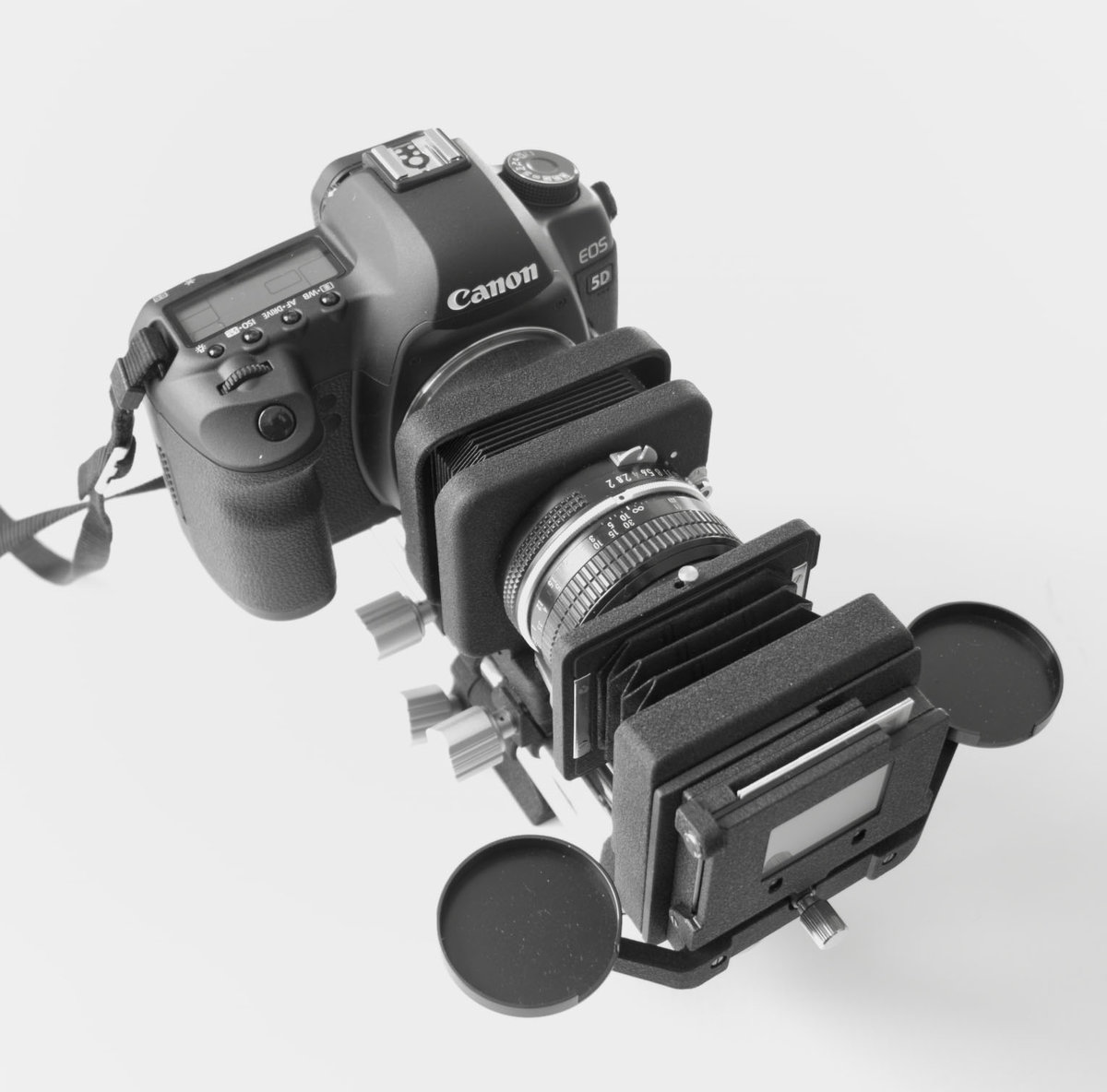DSLR SLIDE SCANNINGBørre Ludvigsen 
Digtitizing slides with a full frame DSLR, a high quality flat field lens and a slide duplicating rig is by far more efficient than using flatbed or film scanners. The resulting image quality is far better than flatbed scanning, but somewhat lower than film scanning. The following are tests of methods for digitizing transparencies. The sample is a Kodak 5076 Ektachrome 200 ED (daylight) slide in glassless mount. Picture taken ca. 1980 probably with a Nikon F2 and 50mm f2 handheld. canon-pb-4.jpg: Full size image from Canon 5Dii and Nikon PB-4 bellows with PS-4 slide copying adapter with a Nikkor 50mm f2 at f5.6. (3744x5616) canon-pb-4-2.jpg: Same as above reduced to 1600x2400 for comparison. epson-001.jpg: Scan at 2400 dpi from Epson 4990 flatbed scanner. (1582x2400) microtek-1.jpg: Scan at 2400 dpi from Microtek ArtixScan 120tf film scanner. (1599x2400) All files are temperature adjusted, but not sharpened or enhanced in any way other than the scanner or camera default settings. The light source for the PB-4 image is a white sheet of paper illuminated by a single tungsten mat lightbulb. ./pb-4/20090401_094755.jpg ... 20090401_095127.jpg are images of the Canon 5Dii mounted of the pb-4 bellows with the 50mm normal lens. A better choice would probably be the 55/3.5 Micro lens. ./canon_raw/ contains some examples of exposure of negatives in the Canon RAW (.CR2) format. - Børre Ludvigsen 20090312 20090527: The directory 20090523_nikkor-55-3.5/ contains further examples of exposures of slides using a Micro Nikkor 55/3.5 lens with the PB-4/PS-4. Last modified: Tue Nov 7 16:15:47 2017 - <b at hiof dot no > |